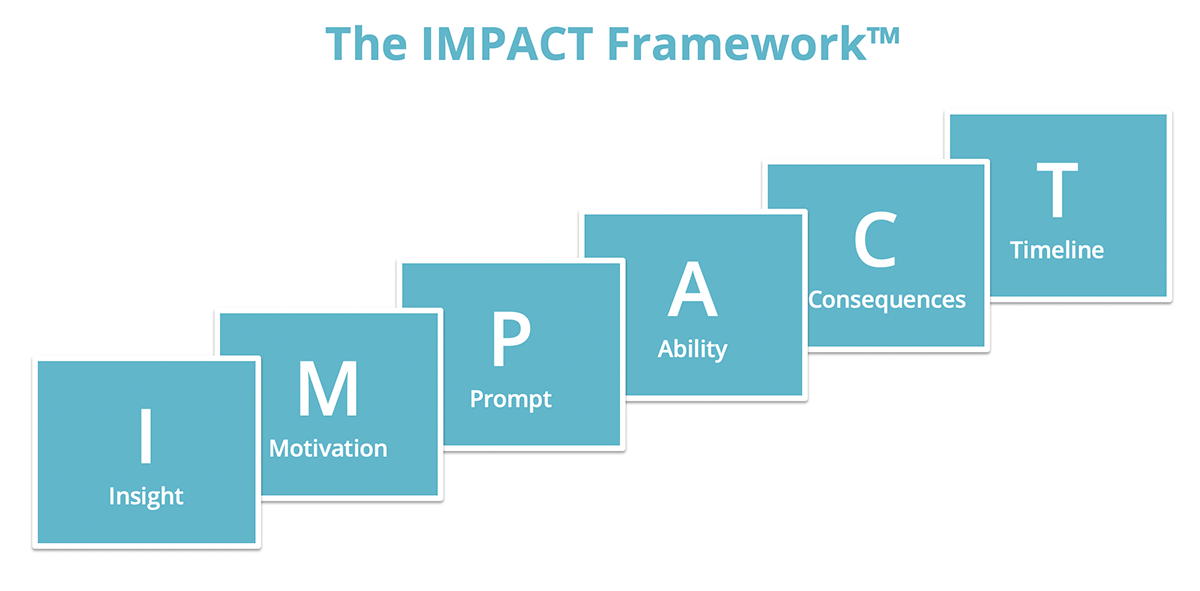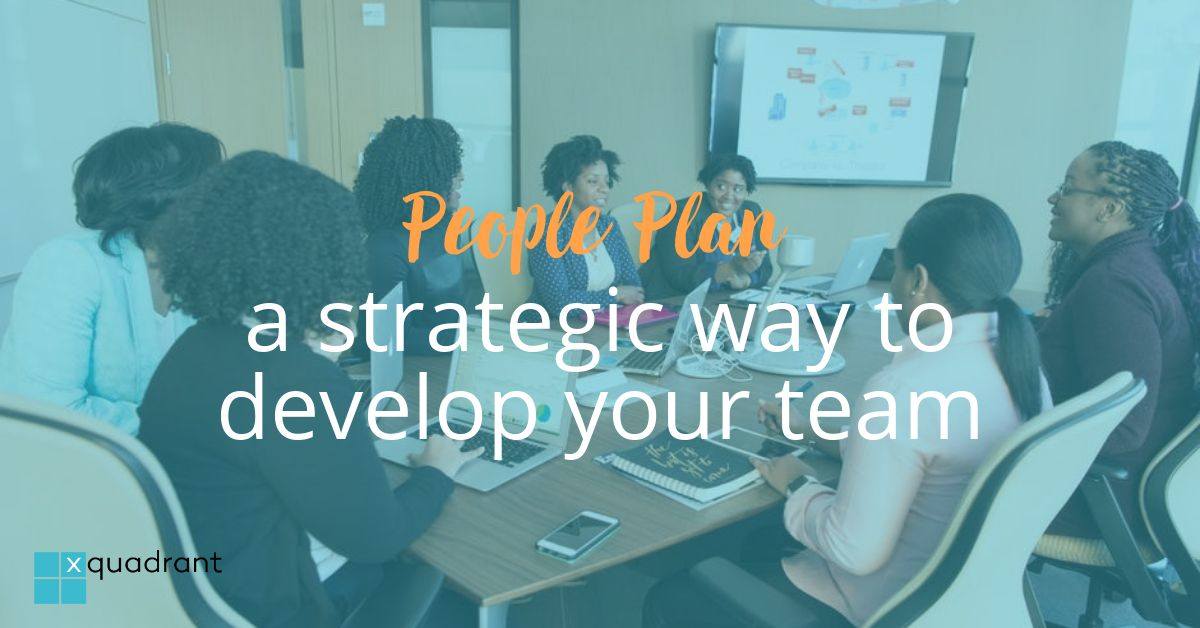Every leader knows that so much more would be possible if they could just get their key leaders to step up to another level.
After all, leadership isn't just about guiding the ship; it's about empowering your crew to navigate through uncharted waters. That's where real magic happens – when your top leaders evolve, the whole organisation leaps forward.
Perhaps the stickiest situation is the under-performer who is letting themselves down in a couple of key areas and causing their manager no end of headaches. But this also applies to top performers, because if you can encourage your top leaders to step up, then there's such a great leverage effect on the whole business.
However, let's face it: developing leadership skills can often feel like trying to solve a Rubik's Cube blindfolded. Slow, complex, and with no guarantee of success.
But what if there's a more effective way, a secret map to unearth these hidden leadership treasures?
The goal of this article is to outline a more effective framework for leadership growth. It's based on principles that we've used repeatedly to create consistent and dramatic leadership capability development.
This approach has been used to:
Ready? Let’s get stuck in.
Where most managers go wrong in trying to develop their leaders
When leaders come up for air from their busy schedules and their own to-do lists and spend some time with their “people-manager” hat on, they can find themselves frustrated at both formal and informal approaches that turn out to be time-consuming and ineffective.
Formal approaches are only partial solutions
The training courses that most companies offer tend to be technical or focused on very specific leadership skills, and not necessarily on the particular issues that their key leaders need to focus on.
Signing up their team with an executive coach might not be practical or affordable, and there's no real guarantee of measurable progress. There can also be the real risk that the person concerned will use their new coaching relationship to find another job, or simply work on issues that aren’t relevant to the broader organisation.
Even if a company has a well-developed leadership training program, these tend to be generic in nature and, again, not focused on the key development issue that would really make a difference for the specific person on your team.
So, these different methods only deliver partial solutions. And therefore progress is slow, the leader gets cynical, and “tolerate or terminate” feels like the only option.
Informal approaches tend to run out of steam
A manager can obviously have development conversations to coach their team member, but they don't necessarily have a lot of time to really focus on this route repeatedly. And it's easy for both parties to forget to drive forward this work outside of formal one-to-one sessions. Simply put, there needs to be more than occasional development conversations.
Is there a better way to develop leaders?
So what we see on one hand is a bunch of formal approaches which have gaps, and on the other hand informal approaches which require the time and attention of the manager, which don't tend to be scalable and rely on both parties bringing a consistency and focus that often is unrealistic in the general course of business.
In the face of this, we need a better model and a practical way of implementing it.
A complete, practical approach to develop leaders: the IMPACT framework
Enter the IMPACT Framework, a six-stage model unveiled in my book, "Making Time For Strategy". It's not just a framework; it's a transformation toolkit.

Each of the six elements of the IMPACT framework relates to a question that needs to be answered by the person who wants to grow:
Let's use a real-life example to walk through each element of the IMPACT model for developing leaders
One client of mine was recently promoted to the C-suite and wanted to shift his focus from functional capability to a cross-functional transformational leadership style.
Insight: We clarified what he really needed to work on to establish himself in his new role. It was driving cross-functional transformation initiatives and articulating the need for change with more urgency.
Motivation: He was very motivated to do this as he saw it as key to his success in the role.
Prompt: However, it wasn't immediately obvious when he would do this. So we identified the key meetings and forums in which he would have a chance to drive his transformational projects with conviction. This was mainly in the leadership meetings of the top two levels of the company.
Ability: We identified that his biggest stretch would be to move out of pure facilitative leadership and strongly champion the change he wanted to see. That was a clear growth area for him.
Consequences: It was clear to him that this would determine success or failure in his role.
Timeline: He clarified the kind of results he would want to see in the next three to six months and was committed to working on this immediately.
What you can see from this example is that all the elements were in place, and what remained for him to do is strengthen the Ability component and build new leadership muscles in this area. He did exactly this and moved the transformation initiatives forward with surprising speed.
However, imagine if we’d not got clear on (say) the timeline for results, or the specific prompts that would trigger the new behaviour. He would quickly have stagnated and become fed up, failing to reach his potential as a result.
Implementing the IMPACT Framework
So, how does one practically apply the IMPACT Framework for personal growth or within a team? Let's deconstruct this.
As we’ve seen traditional methods like training courses, incentive-driven strategies, or ad-hoc discussions aren't sufficient. As a manager, your role is to support your leader through specific steps:
Encouraging leaders to view their growth as a 'game' with attainable victories ensures the approach remains effective and engaging.
Lastly, personal coaching plays a pivotal role in navigating obstacles. Armed with an understanding of the stakeholder data, a coach helps to refine strategies and foster a deeper identity shift (“who do I need to be, to achieve the things I say I want to accomplish?”). This identity shift is the ultimate propeller of growth and personal transformation.
The Cohesiveness of the Process
The success of this process lies in its comprehensiveness, touching all facets of the IMPACT Framework.
When a leader is aligned with a compelling vision and is driven to pursue the behaviours that lead to that future state, transformation occurs swiftly.
This is further fuelled by concrete feedback and a timeline that allows for learning and adaptation, coupled with the support needed for behavioural and identity shifts.
For leaders who lack the time to develop and test their own growth strategies, proven support structures like Xquadrant's Impact Accelerator Programme provide a streamlined solution.
Designed for executives ranging from middle managers to CEOs, it's crafted to foster rapid advancement. It’s been repeatedly described as “life-changing”. Discover more about the Impact Accelerator programme here.



